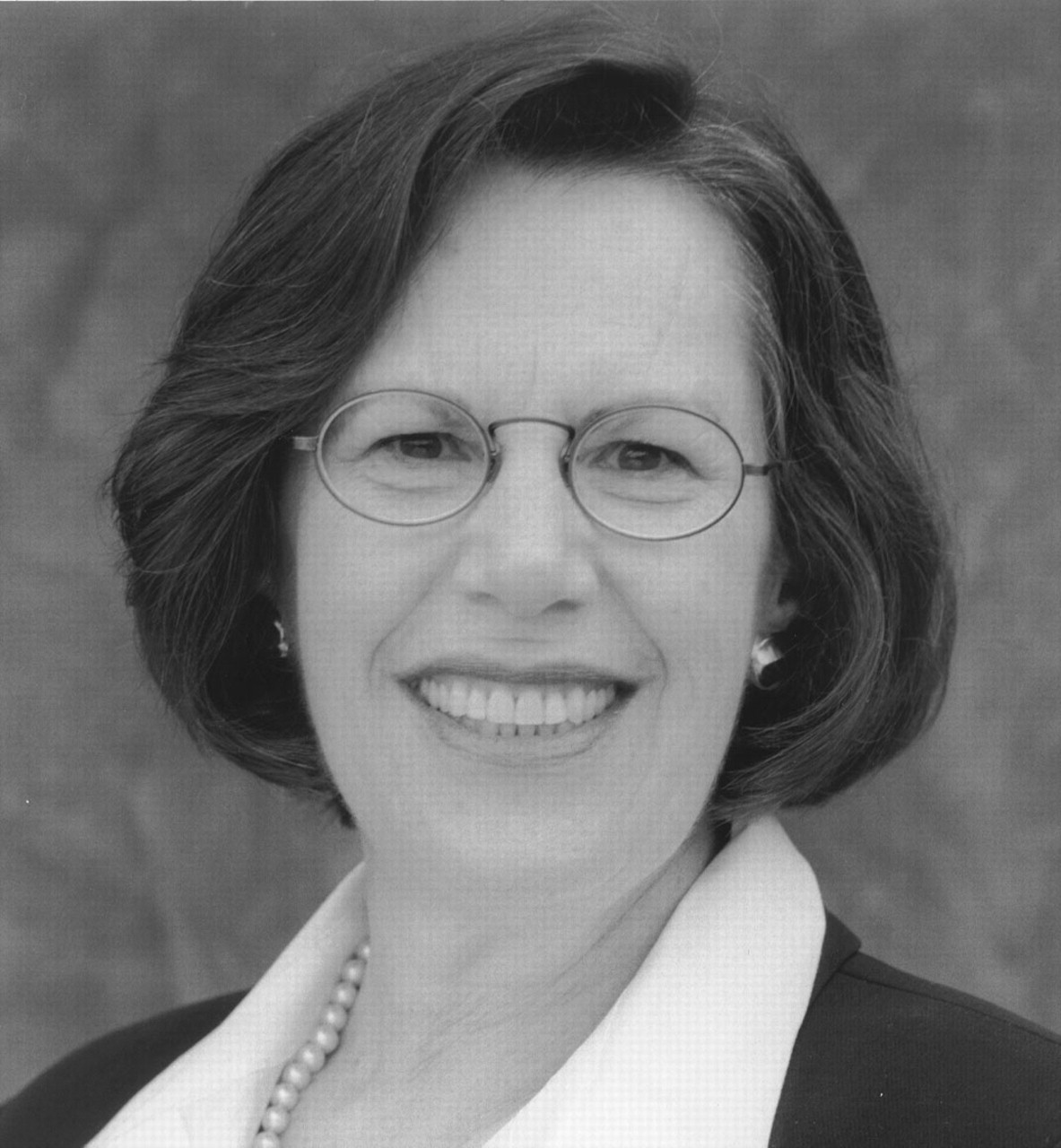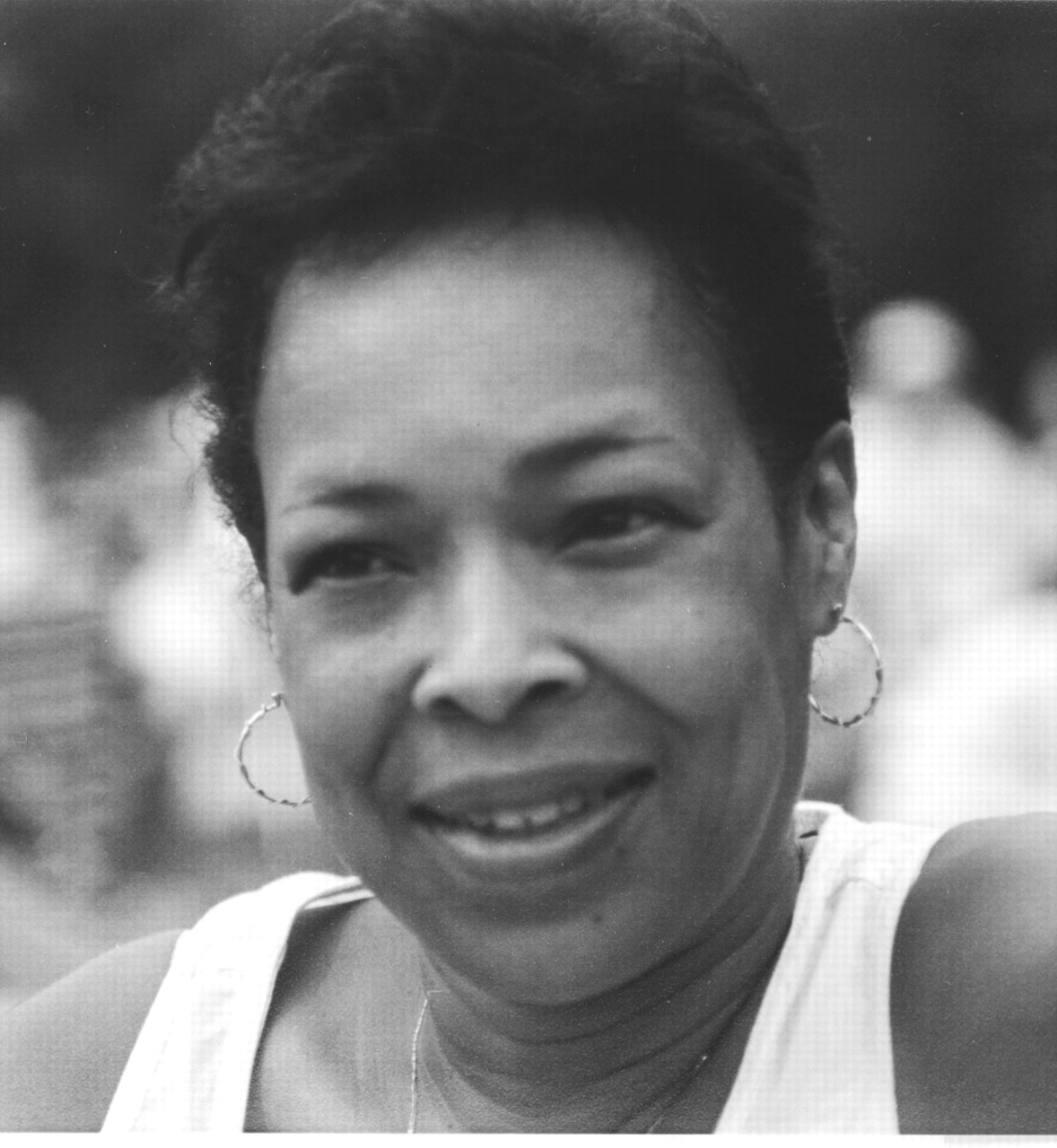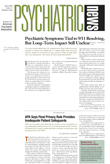It is the first anniversary of that most-tragic terrorist attack that on September 11 changed the lives of all Americans forever. Lives were lost and destroyed as a result of this tragedy. The New York County District Branch went into action immediately, offering psychiatric consultation to those in need.
As executive director of the district branch, I [Landy] have been used to running a smoothly operating organization. This sudden disruption put me in a position of having to draw on my personal and professional strengths to keep the organization functioning as effectively as possible.
We worked closely with the Bellevue Hospital site team, the American Red Cross, and our district branch’s Task Force on Disaster, chaired by Craig Katz, M.D., and Francine Cournos, M.D., which was established as a result of the terrorist attack.
In addition, our district branch members offered and continue to offer pro-bono services to those who request it. We worked with other district branches and received support from all over the nation, including from the Colorado Psychiatric Society and Maine Psychiatric Association, just to name a few.
The Task Force on Disaster proposed the following goals for the district branch with regard to disaster planning and readiness:
• To work with the district branch Public Affairs Committee to ensure that we have a speaker’s bureau that can address matters of grief, trauma, and disaster in the event of another such event.
• To assist Disaster Psychiatry Outreach (DPO) in the recruitment of volunteers for both acute and long-term disaster response in New York City and beyond.
• To collaborate in the development of educational/training programs on trauma/disaster/grief, again an area in which DPO can assist the district branch.
• To enhance our Web site so it contains all trauma-related services available through the DB and surrounding region.
As chair of our district branch Public Affairs Committee, I [Pender] have been extremely involved and continue to be. Initially caught off-guard, psychiatrists mobilized and immediately volunteered their services. The Public Affairs Committee publicized telephone numbers that individuals could call for private referrals and educational material on grief and trauma. Our Web site now includes expanded disaster- and trauma-related information.
Since 9/11, the media have paid avid attention to the emotional impact of terrorism and posttraumatic stress disorder. Never before was psychiatry presented with such an opportunity to bring a discussion of mental health to the public’s attention. And the media required psychiatric experts to inform the public. Newspapers, television, political forums, businesses, and many other groups called us to arrange interviews with consultants.
They wanted to help people distinguish between normal reactions and those who needed treatment. They wanted to help parents with their children’s trauma. A few examples: psychiatrists Richard Friedman, M.D., and Anna Fels, M.D., now have regular columns in the New York Times. Gail Saltz, M.D., has a regular spot on the “Today” show to discuss mental health issues.
The Public Affairs Committee also had the unique advantage of forming new alliances with journalists and reporters. Traumatized by listening to the many stories of victims, the people in the media became secondary victims. But along with the regular interview format, something was added—a few extra minutes to speak with the interviewer about the experiences these media representatives have had.
As we plan for the September 11 anniversary, some may re-experience the pain that they felt that day and for weeks after. Psychiatrists are prepared this time. One of the lessons learned from 9/11 is to be prepared. Psychiatry has been a great source of strength for so many in their time of need. Psychiatrists can be proud of the community service they have successfully provided. Now when I [Pender] speak to patients, I have a better understanding of the traumatic experience that they have been through in their lives. ▪


